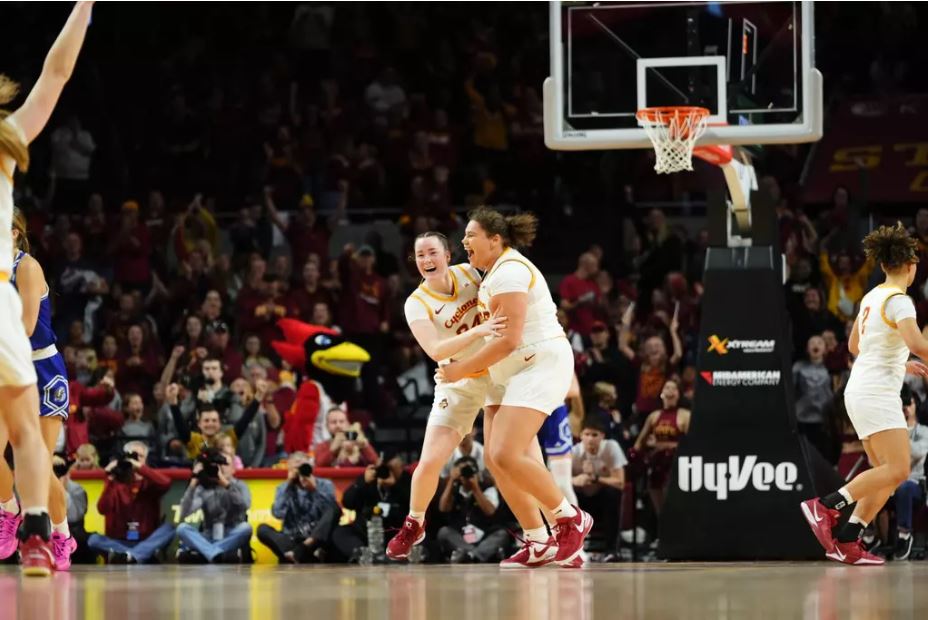Bruen should do a bit more research
October 4, 2001
In the Oct. 3 Daily, Jason Bruen suggests a number of things that would potentially make airports safer. I suggest a little more research next time.
Facial recognition technology sounds great – take a picture of someone, let the computer try and identify the person to see if they’re known to be dangerous, and automatically notify the authorities if someone like that is spotted. Sounds like a great thing doesn’t it? Well, the problem is this: according to FaceKey, a biometrics company, facial recognition software would be useless in an airport setting.
After conducting many tests, they found that in controlled conditions, you would get a 1 in 250 false positive rate, meaning someone was falsely identified.
However, in uncontrolled settings, like that of an airport, the numbers are staggering. The Department of Defense Advanced Research Projects Agency sponsored a Facial Recognition Vendor Test.
One of the companies present, Image Metrics, found that you could expect about a 33 percent success rate in an airport type setting, meaning to be able to stop about 90 percent of all terrorists or criminals going through an airport, you would have to stop one out of every three people.
They also found a false positive rate of about 10 percent, making the whole idea useless in the airport setting.
Mr. Bruen also suggests a number of other ideas which don’t quite work out. You can’t have X-rays without radiation for one.
It wouldn’t be an X-ray otherwise. Armed military forces in airports would be likely to be a bittersweet solution.
Rather than a plane with 150 people on it crashing, you might have an airport full of people hit by stray bullets, and if the criminal happens to be carrying a bomb, well it just might go off.
There is no quick fix to stopping terrorism. Encryption backdoors won’t do it, facial recognition in airports won’t do it, armed guards on airplanes won’t do it. Those are attempts to fight the symptoms, not the disease, which we Americans have a tendency to do.
Scott Billings
Sophomore
Management information systems






